Home>Garden Essentials>When Should I Aerate And Seed My Lawn
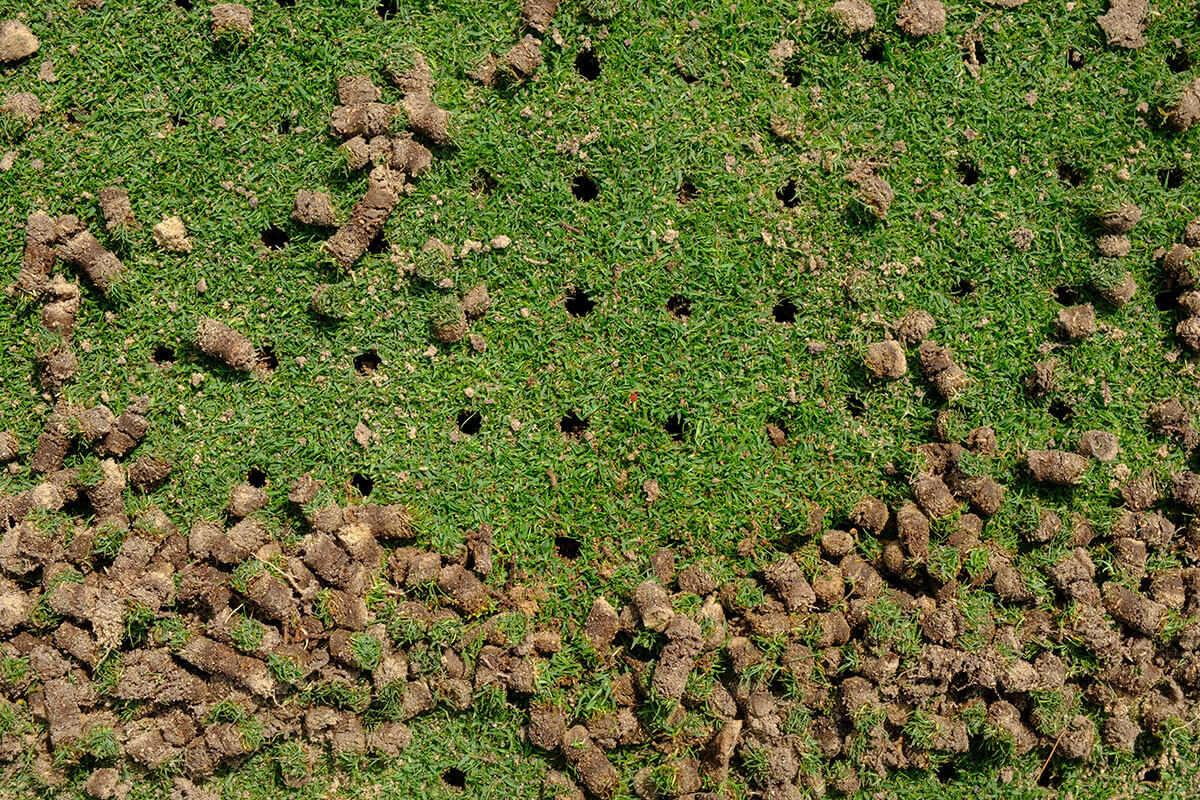

Garden Essentials
When Should I Aerate And Seed My Lawn
Modified: April 22, 2024
Improve your garden's health and appearance by learning when to aerate and seed your lawn. Find out the best times for achieving a lush and thriving garden.
(Many of the links in this article redirect to a specific reviewed product. Your purchase of these products through affiliate links helps to generate commission for Storables.com, at no extra cost. Learn more)
Introduction
Welcome to the wonderful world of gardening! If you have a lawn, you know just how important it is to keep it healthy and vibrant. One way to achieve this is through aeration and seeding. Aeration involves creating small holes in the soil to allow air, water, and nutrients to reach the roots of the grass, while seeding helps fill in bare spots and encourages new growth. Understanding when and how to aerate and seed your lawn is crucial for maintaining its beauty and health.
In this article, we will explore the ins and outs of lawn aeration and seeding, highlighting the benefits, signs that indicate the need for it, the best time of year to carry it out, factors to consider before beginning the process, and helpful aftercare tips. By the end, you will have all the information you need to successfully aerate and seed your lawn.
Key Takeaways:
- Aerate your lawn in fall for healthier roots, reduced thatch, and improved water absorption. Follow with proper seeding and aftercare for a lush, vibrant lawn.
- Signs of aeration need include soil compaction, poor drainage, thin grass, thatch build-up, and water run-off. Aerate and seed in fall or spring for best results.
Read more: When Should Lawns Be Aerated
What is Lawn Aeration?
Lawn aeration is the process of creating small holes or channels in the soil of your lawn. These holes allow for better air circulation, water penetration, and nutrient absorption by the grass roots. Over time, the soil in your lawn can become compacted due to foot traffic, heavy machinery, or even just natural settling. Compacted soil prevents the free flow of air, water, and nutrients, which can hinder the growth and health of your lawn.
By aerating your lawn, you break up the compacted soil, allowing it to “breathe.” This, in turn, helps to rejuvenate your lawn by promoting healthier root growth, reducing thatch build-up, and improving overall soil quality. Aeration is particularly beneficial for lawns that experience heavy use, suffer from thatch problems, or have compacted clay or loam soils.
There are a few different methods of aerating a lawn. The most common methods include using a manual or mechanical aerator, which removes small plugs of soil from the lawn, or employing a spike aerator, which uses solid tines to create holes in the soil. Both methods are effective at relieving soil compaction, but using a plug aerator is generally preferred as it provides better results.
Now that we have a clear understanding of what lawn aeration is, let’s explore the benefits it offers to your lawn.
Benefits of Lawn Aeration
Lawn aeration offers a multitude of benefits for the health and appearance of your lawn. Let’s take a closer look at some of the key advantages:
Improved Soil Structure: Over time, the soil in your lawn can become compacted, making it difficult for air, water, and nutrients to reach the roots of the grass. By aerating your lawn, you break up the compacted soil and create space for these vital elements to penetrate the soil, promoting healthier root growth.
Enhanced Nutrient Absorption: Compacted soil can prevent grass roots from accessing the nutrients they need for optimal growth. Aeration allows nutrients from fertilizers or organic matter to reach the roots, improving their ability to absorb essential nutrients. This boost in nutrient uptake can lead to lusher, greener grass.
Reduced Thatch Build-Up: Thatch is a layer of dead grass, roots, and other organic matter that accumulates on the surface of the soil. Excessive thatch can create a barrier, preventing water, air, and nutrients from reaching the roots of the grass. Aeration helps to break down thatch, reducing its build-up and improving overall lawn health.
Enhanced Water Infiltration: Compacted soil can also hinder the infiltration of water, leading to surface run-off and water wastage. By aerating your lawn, you create channels for water to penetrate the soil more effectively, reducing water runoff and ensuring that moisture reaches the roots more efficiently.
Reduced Soil Erosion: Aeration helps to improve the stability of the soil, reducing the risk of erosion. The small holes created during aeration allow water to infiltrate the soil, preventing it from pooling on the surface and carrying away valuable topsoil.
Better Resistance to Disease and Pest Infestation: A healthy lawn with well-aerated soil is less prone to diseases and pests. Adequate air circulation and nutrient absorption strengthen the grass, making it more resistant to common lawn issues such as fungal diseases and pest infestations.
These are just a few of the many benefits that lawn aeration can provide. Now that you understand the advantages, let’s explore the signs that indicate your lawn is in need of aeration.
Signs that Your Lawn Needs Aeration
Knowing when your lawn needs aeration is key to keeping it healthy and lush. Here are some signs that indicate your lawn could benefit from aeration:
- Soil Compaction: If your lawn sees heavy foot traffic or has been subjected to heavy machinery, the soil can become compacted over time. Compacted soil feels hard and dense when you walk on it and can prevent water from seeping into the ground. Additionally, grass roots struggle to penetrate compacted soil, resulting in weak and shallow root development.
- Poor Drainage: Excess water pooling on the surface of your lawn after rainfall or irrigation is a clear indicator of poor drainage. Compacted soil restricts water from penetrating the soil, causing it to collect on the surface. If you notice standing water on your lawn for more than 24-48 hours, it’s time to consider aerating.
- Thin or Patchy Grass: If your lawn has areas of thin or patchy grass, it could be a sign of compacted soil. Compaction hinders the growth of new grass by restricting root expansion and limiting nutrient absorption. Aerating these areas will help break up the compacted soil and promote healthier grass growth.
- Thatch Build-Up: Thatch is a layer of dead grass, roots, and other organic matter that accumulates on the surface of the soil. Over time, excessive thatch can prevent water and nutrients from reaching the roots of the grass. If you notice that your lawn has a thatch layer thicker than half an inch, it’s a sign that aeration is needed to reduce the build-up.
- Water Run-Off: When you water your lawn, does the water quickly run off the surface? This is a common sign of compacted soil. Without proper aeration, water cannot penetrate the soil, and as a result, it runs off, wasting water and depriving your grass of much-needed moisture.
If you observe any of these signs in your lawn, it’s time to consider aerating. Aeration will alleviate these issues and provide your lawn with the necessary conditions for healthy growth. In the next section, we will discuss the best time of year to aerate and seed your lawn.
Time of Year to Aerate and Seed
The timing of lawn aeration and seeding plays a vital role in achieving optimal results. While the specific timing can vary depending on your location and grass type, there are some general guidelines to follow:
- Fall: Fall is often considered the best time to aerate and seed your lawn. The cooler temperatures and more frequent rainfall create ideal conditions for grass seed germination and root development. Aerating in the fall allows the grass roots to penetrate the soil before winter sets in, resulting in a stronger and healthier lawn come spring.
- Spring: If you missed the opportunity to aerate and seed in the fall, early spring can be a suitable alternative. As the weather warms up and the soil thaws, it’s an opportune time for grass seed to germinate. Aeration in the spring helps to alleviate any compaction from winter, promoting healthy root growth and ensuring your lawn thrives throughout the growing season.
- Avoid High-Stress Periods: It’s important to avoid aerating and seeding during periods of extreme heat or drought stress. High temperatures and limited water availability can hinder seed germination and lead to stress on the existing grass. Aim to aerate and seed when the weather conditions are moderate and there is adequate moisture in the soil.
It’s worth noting that different grass types have different preferences when it comes to aeration and seeding. Cool-season grasses, such as Kentucky bluegrass and tall fescue, thrive when aerated and seeded in early fall. Warm-season grasses, such as Bermuda grass and Zoysia grass, typically benefit from aeration and seeding in late spring to early summer, when the soil temperatures are warm.
Before proceeding with aeration and seeding, it’s always a good idea to consult with a local garden center or lawn care professional. They can provide valuable insight into the specific timing considerations for your region and grass type.
Now that we understand the best time of year to aerate and seed, let’s explore some important factors to consider before starting the process.
Aerate and seed your lawn in the fall or spring when the soil is moist but not too wet. This will help the seeds establish and the aeration to be more effective.
Read more: When Should I Seed And Fertilize My Lawn
Factors to Consider Before Aerating and Seeding
Before diving into the process of aerating and seeding your lawn, there are several key factors to consider to ensure success:
- Soil Moisture: It’s crucial to assess the moisture content of your soil before aerating and seeding. If the soil is too dry, the aerator may struggle to penetrate the ground and the seeds may not germinate properly. On the other hand, if the soil is too wet, it can become compacted during aeration and hinder proper seed-to-soil contact. It’s best to aerate and seed when the soil is slightly moist but not overly saturated.
- Remove Debris: Before aerating, be sure to remove any debris, such as sticks, rocks, or excessive thatch, from the surface of your lawn. These obstructions can interfere with the aeration process and affect the distribution of the grass seed.
- Know Your Grass Type: Different grass types have different growth habits and preferences. Understanding your grass type is essential for determining the right seed variety and ensuring that the aeration process is appropriate for your specific grass type. This information can typically be found through local garden centers or lawn care professionals.
- Choose the Right Equipment: Selecting the right equipment for aeration is crucial. Manual or mechanical aerators with hollow tines or solid spikes are commonly used for the process. The choice between hollow tines (plug aerators) and solid spikes depends on the severity of compaction and personal preference. Plug aerators are generally more effective at breaking up compacted soil and promoting healthy growth.
- Seed Selection: When choosing grass seed, consider factors such as shade tolerance, climate compatibility, and the specific needs of your lawn. You can opt for a single grass variety or a seed mix, depending on your preferences and the conditions of your lawn.
- Follow Proper Seed Spreading Techniques: When spreading the grass seed, make sure to follow the recommended seeding rate for your specific grass type. This will help ensure even coverage and encourage uniform growth across your lawn.
- Establish a Watering Routine: Proper watering is crucial for seed germination and establishment. After aerating and seeding, it’s essential to water your lawn regularly to keep the soil consistently moist. Avoid overwatering or creating puddles, as excessive moisture can lead to issues such as fungal diseases.
- Consider Professional Assistance: If you’re unsure about the process or lack the necessary tools, it may be beneficial to seek professional assistance. Lawn care professionals have the expertise and equipment to properly aerate and seed your lawn, ensuring optimal results.
By considering these factors and following proper techniques, you can maximize the effectiveness of aeration and seeding and enjoy a healthier, more beautiful lawn. In the next section, we will discuss the process of aerating and seeding in more detail.
How to Aerate and Seed a Lawn
Aerating and seeding your lawn is a straightforward process that can be done with a few simple steps. Follow these guidelines to ensure successful aeration and seeding:
- Prepare the Lawn: Clear the lawn of any debris, such as sticks, rocks, and excessive thatch. This will allow for a smooth and effective aeration process.
- Choose the Right Equipment: Select either a manual or mechanical aerator, depending on the size of your lawn and your personal preference. Opt for a plug aerator with hollow tines for best results in relieving soil compaction.
- Aerate the Lawn: Begin aerating the lawn by pushing the aerator over the designated area. The aerator will remove small plugs of soil from the ground, creating space for air, water, and nutrients to penetrate the soil. Pay extra attention to areas of high foot traffic or compacted soil for more effective aeration.
- Overseed the Lawn: After aerating, it’s time to overseed the lawn. Select grass seed that is appropriate for your climate and grass type. Follow the recommended seeding rate to ensure even coverage across the lawn. Consider using a spreader to evenly distribute the seeds.
- Water the Lawn: After overseeding, thoroughly water the lawn to ensure good seed-to-soil contact. This will help the seeds germinate and establish strong root systems. Keep the soil consistently moist by lightly watering daily or as needed depending on the weather conditions.
- Maintain Proper Aftercare: After aeration and seeding, it’s important to maintain proper aftercare to promote healthy growth. Avoid heavy foot traffic on the newly aerated and seeded areas. Mowing should be done carefully and at a slightly taller height to avoid damaging the tender young grass.
- Fertilize and Control Weeds: After the new grass has established, consider fertilizing to provide essential nutrients for growth. However, it’s advisable to wait a few weeks before applying fertilizer to allow the grass to take root. Additionally, regularly monitor the lawn for weed growth and apply appropriate weed control measures as needed.
By following these steps and providing proper care, your lawn will have the best chance of thriving and becoming the envy of the neighborhood. Remember, each lawn is unique, so it’s important to adjust the process based on your specific lawn conditions and the recommendations for your grass type.
With the knowledge of how to aerate and seed your lawn, let’s move on to the final section – aftercare tips to ensure the continued health and beauty of your newly aerated and seeded lawn.
Aftercare Tips for Aerating and Seeding
Proper aftercare is crucial to ensure the success of your newly aerated and seeded lawn. Follow these essential tips to promote healthy growth and maintain a vibrant and lush lawn:
- Watering: After seeding, it’s important to keep the soil consistently moist for optimal seed germination. Water lightly and frequently to prevent the soil from drying out. Aim to keep the top inch of soil moist until the new grass has established.
- Mowing: Avoid mowing the lawn until the new grass reaches a height of at least 3 inches. When it’s time to mow, use a sharp mower blade and set it at a higher height to avoid cutting the grass too short. Taller grass promotes deeper root growth and helps shade out potential weed growth.
- Fertilizing: Wait at least 4 to 6 weeks after seeding before applying fertilizer to allow the new grass to establish. Use a slow-release fertilizer that is appropriate for your grass type and follow the recommended application rate. Fertilizing will provide essential nutrients to support healthy growth.
- Weed Control: Keep an eye out for weeds that may try to compete with the newly seeded grass. Post-emergent herbicides can be applied selectively to control weeds without harming the new grass. Consult with a local garden center or lawn care professional for the most suitable weed control methods for your lawn.
- Avoid Heavy Foot Traffic: Minimize foot traffic on the newly aerated and seeded areas for several weeks to allow the grass to establish strong root systems. Excessive foot traffic can damage the young grass and hinder its growth.
- Regular Maintenance: Once the new grass has established, resume regular lawn maintenance practices such as regular mowing, fertilizing according to the appropriate schedule, and regular watering to ensure continued health and vibrancy.
- Monitor for Diseases and Pests: Keep an eye out for any signs of diseases or pest infestations on your lawn. Early detection and prompt action can help prevent these issues from affecting the health and appearance of your newly seeded lawn.
- Overseeding in the Fall: To maintain a thick and healthy lawn, consider overseeding in the fall. This process helps to fill in any bare spots and promotes a denser lawn for the following growing season.
By following these aftercare tips, you can support the growth and development of your newly aerated and seeded lawn, maximizing its beauty and health. Remember that each lawn is unique, so it’s important to tailor these aftercare practices to the specific needs and conditions of your lawn.
Now that you have a comprehensive understanding of aerating and seeding, as well as valuable aftercare tips, you are well-equipped to rejuvenate your lawn and enjoy a lush and vibrant outdoor space. Good luck with your lawn care endeavors!
Testing HTML validation: © ™ — <script>alert(‘Hello World!’);</script>
Conclusion
Congratulations! You have learned all about the importance of lawn aeration and seeding, the benefits it offers, and how to carry out the process effectively. By aerating and seeding your lawn, you provide it with the necessary conditions for optimal growth, ensuring a lush and vibrant outdoor space for you and your family to enjoy.
Lawn aeration is crucial for relieving soil compaction, improving nutrient absorption, and reducing thatch build-up. It promotes healthier root growth, enhances water infiltration, and boosts your lawn’s overall resistance to diseases and pests. Seeding, on the other hand, fills in bare spots, encourages new growth, and helps achieve a denser and more attractive lawn.
Remember, the best time to aerate and seed your lawn depends on your grass type and regional climate. Fall is generally the preferred season for aeration and seeding, as the cooler temperatures and ample rainfall create ideal conditions for grass seed germination and root development. Spring can also be a suitable alternative if fall aeration was missed.
Before proceeding with aeration and seeding, consider important factors such as soil moisture, grass type, equipment selection, seed choice, and proper seed spreading techniques. By doing so, you can ensure that your lawn receives the care it needs for successful growth and development.
After aerating and seeding, it’s important to provide proper aftercare. This includes regular watering, appropriate mowing techniques, fertilizing at the right time, weed control, and monitoring for diseases and pests. By following these aftercare tips, you can support the health and longevity of your newly aerated and seeded lawn.
Remember, each lawn is unique, so it’s important to adapt these guidelines to your specific needs and conditions. If you have any concerns or questions, consult with local gardening experts or lawn care professionals who can provide personalized advice based on your region and grass type.
Now it’s time to put your knowledge into action and transform your lawn into a picturesque oasis. Enjoy the process of aerating and seeding your lawn and relish in the beauty and vibrancy it will bring to your outdoor space. Happy gardening!
Frequently Asked Questions about When Should I Aerate And Seed My Lawn
Was this page helpful?
At Storables.com, we guarantee accurate and reliable information. Our content, validated by Expert Board Contributors, is crafted following stringent Editorial Policies. We're committed to providing you with well-researched, expert-backed insights for all your informational needs.
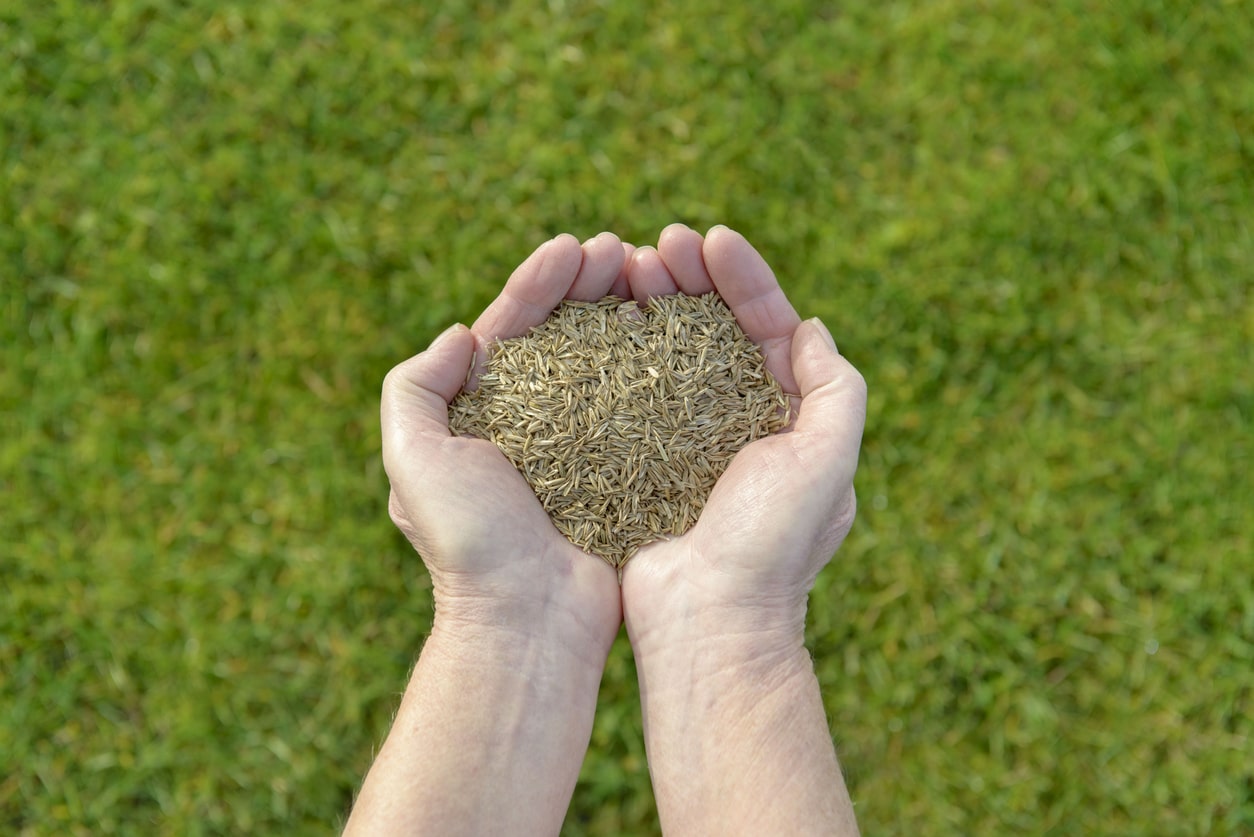
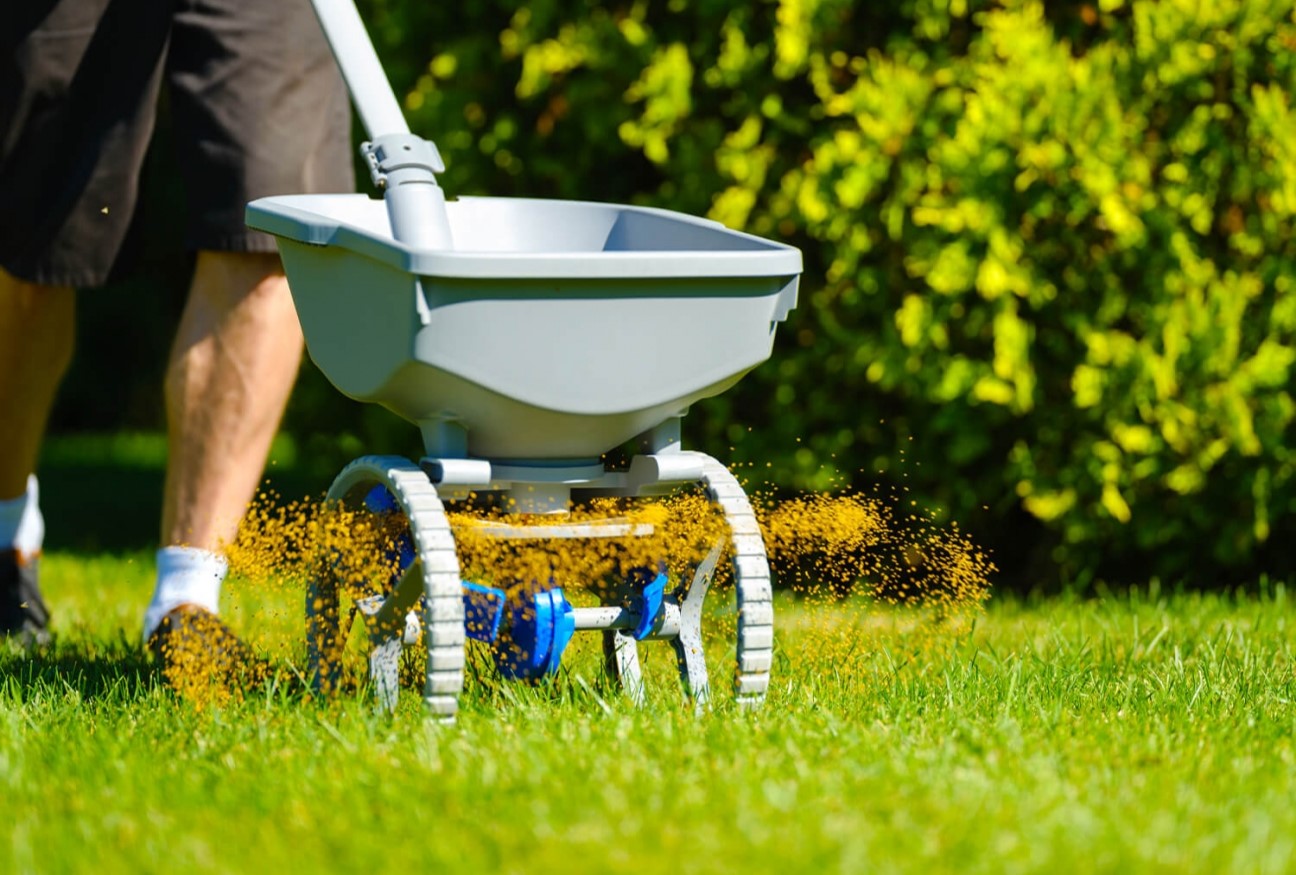
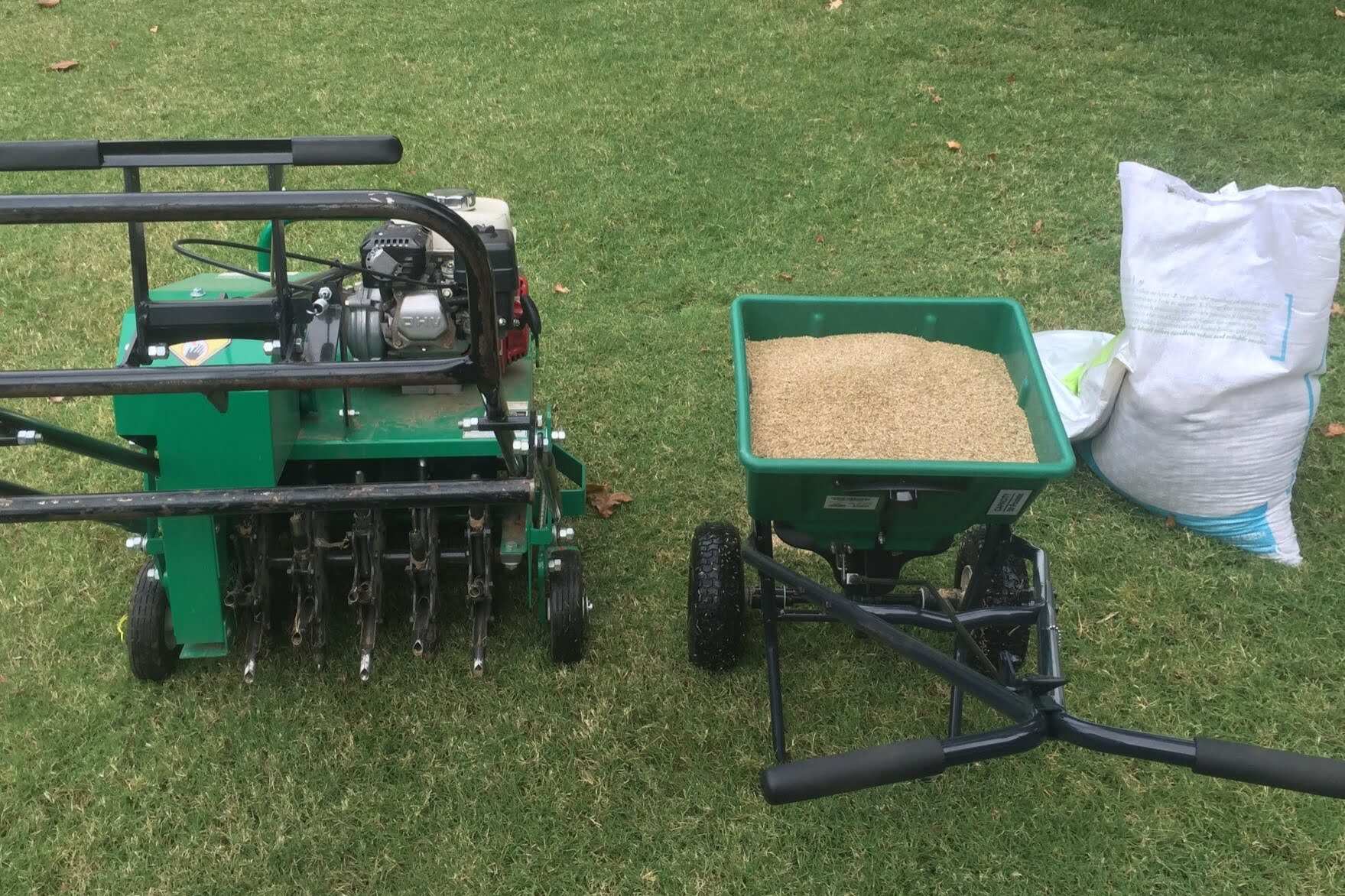


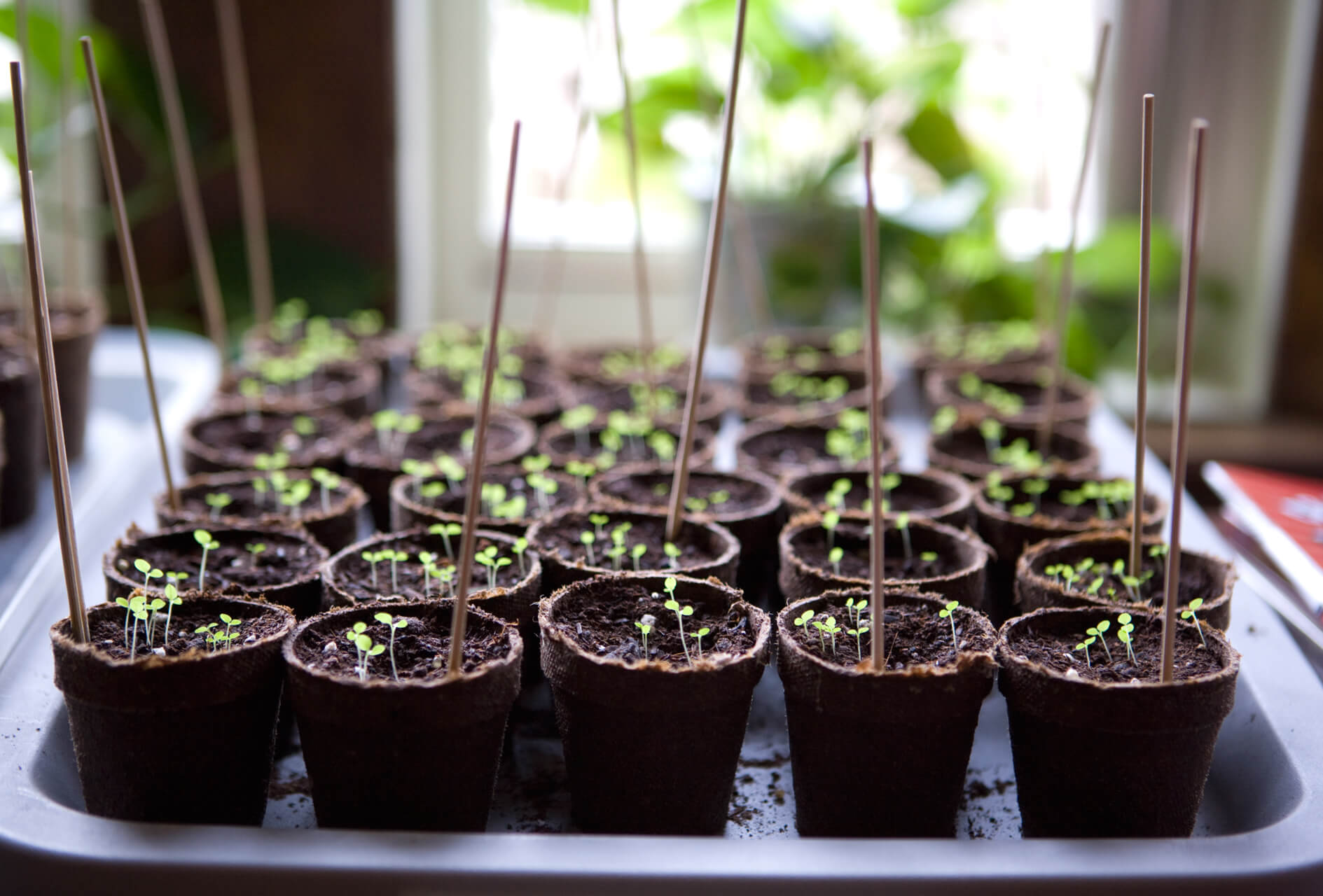

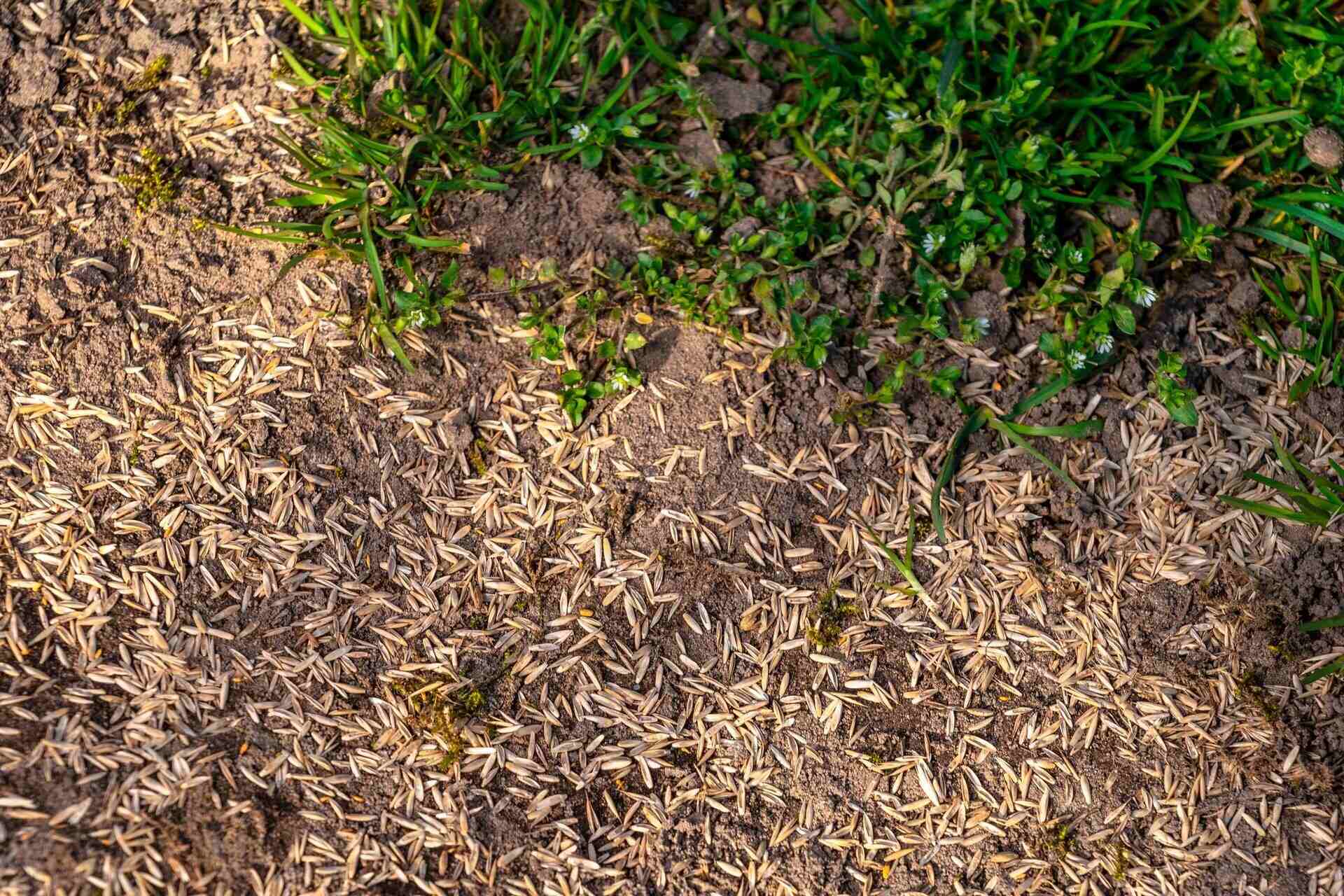
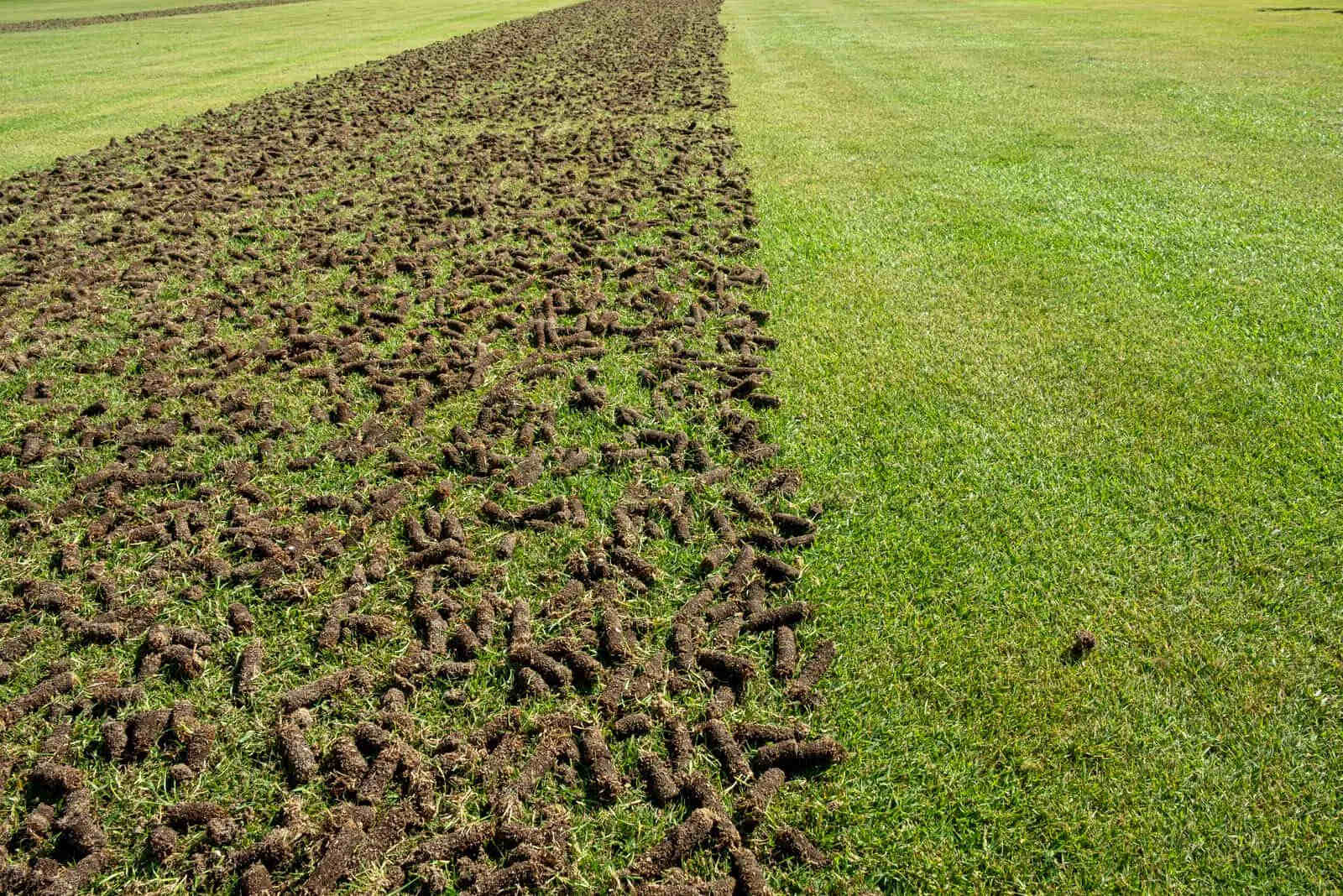
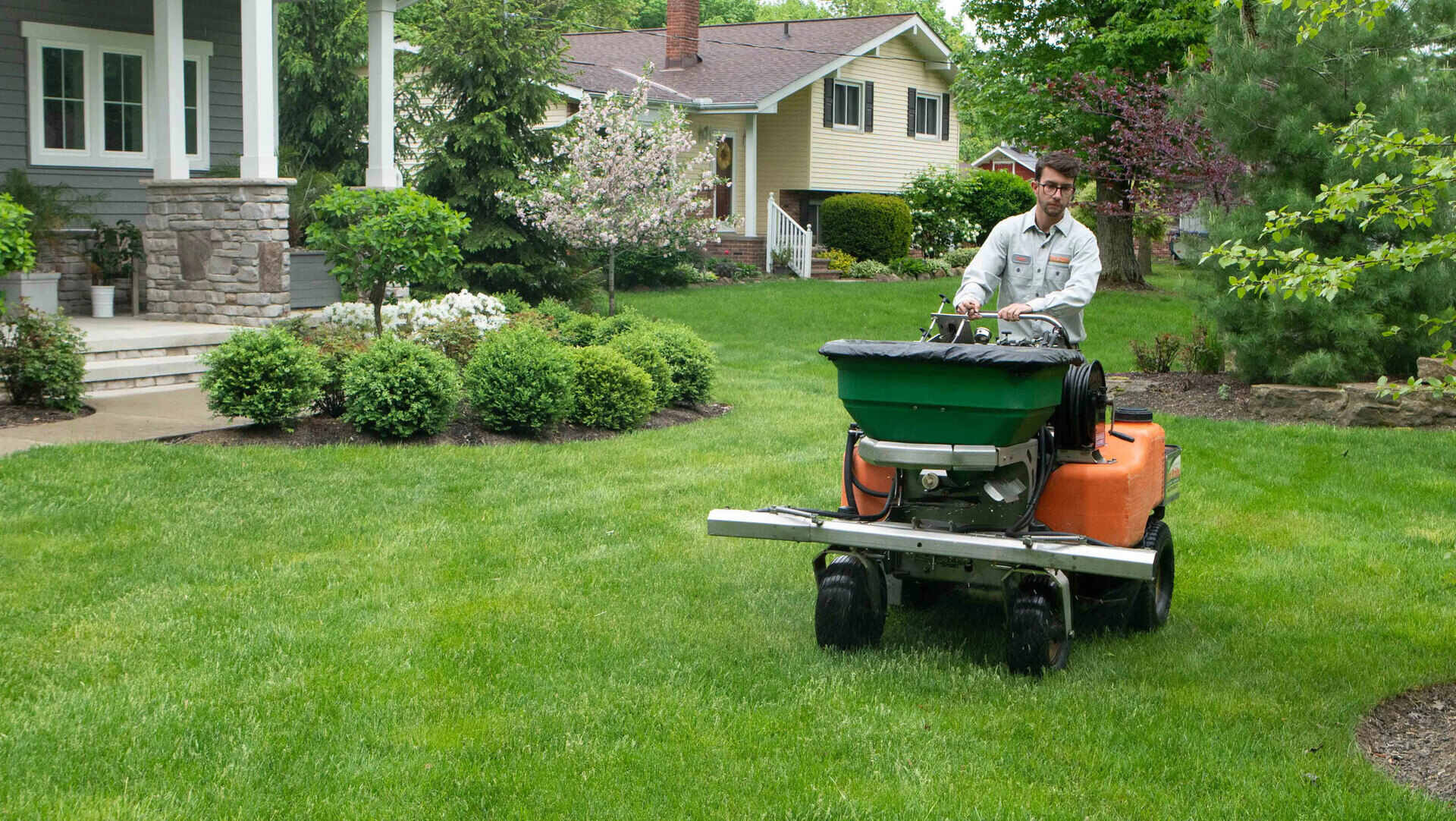


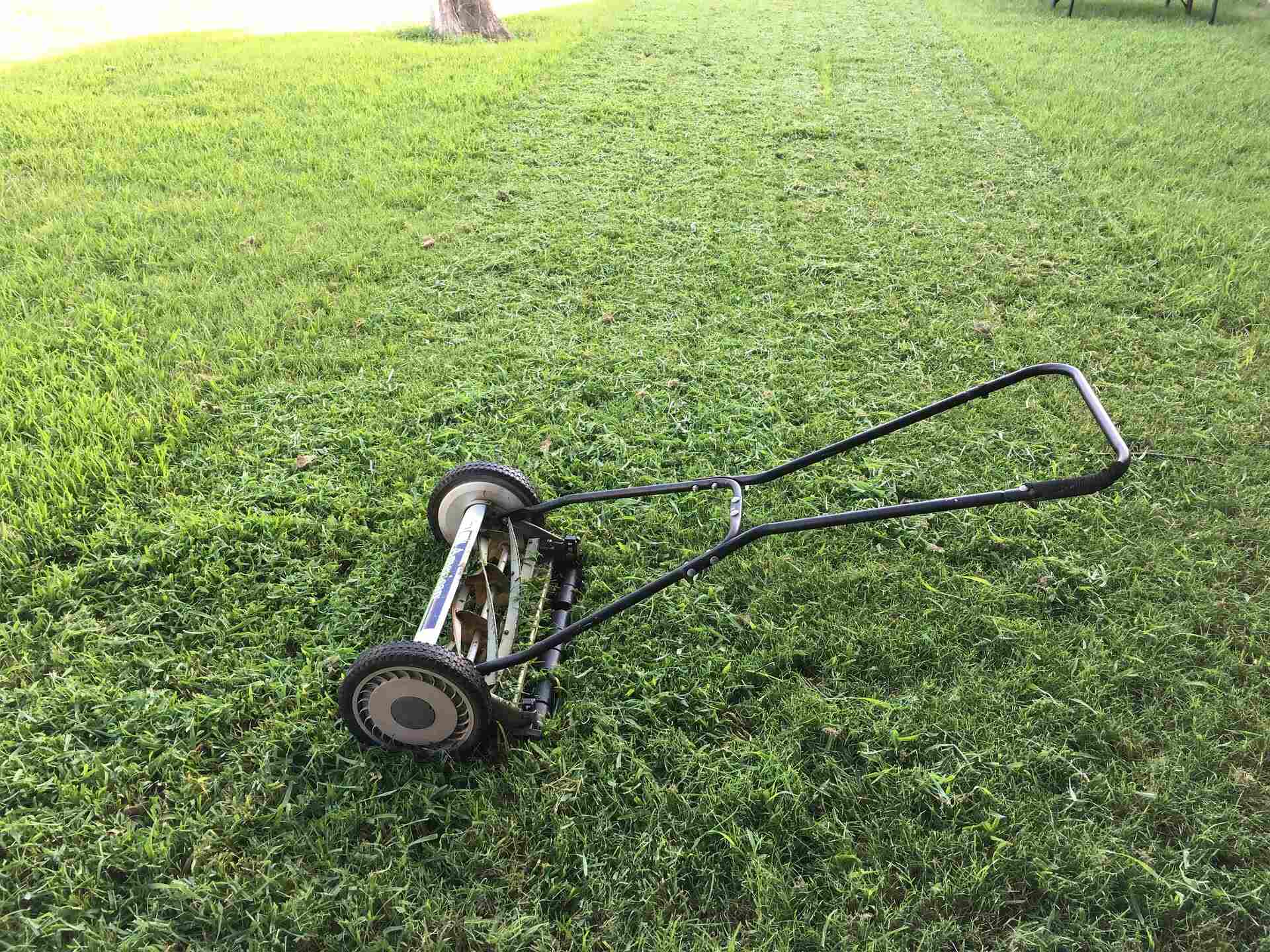
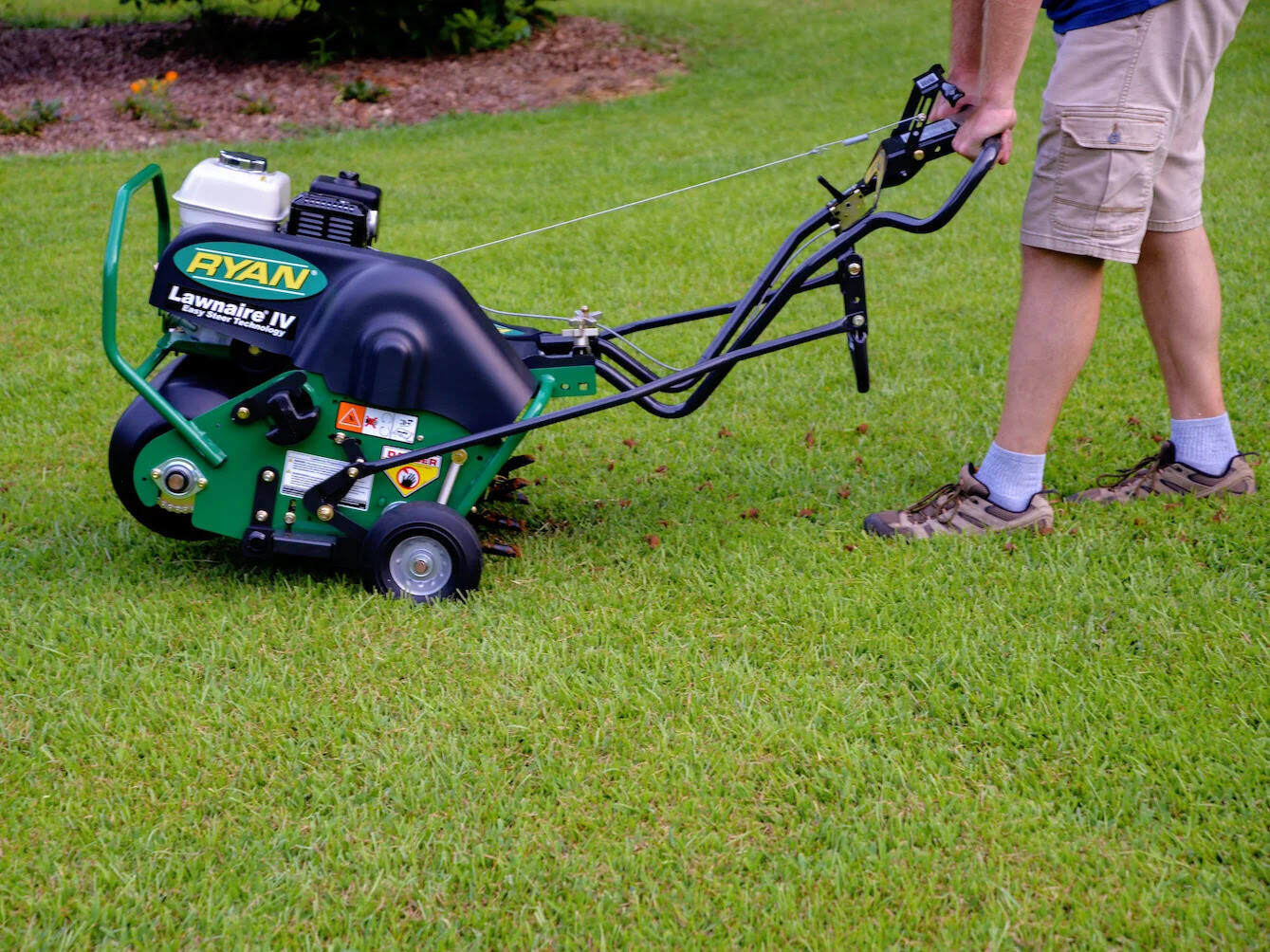

0 thoughts on “When Should I Aerate And Seed My Lawn”